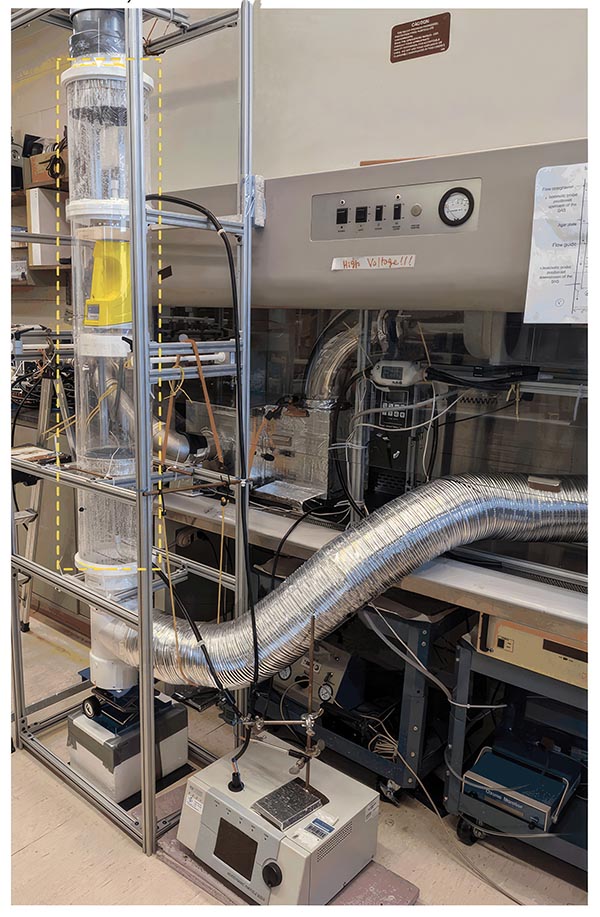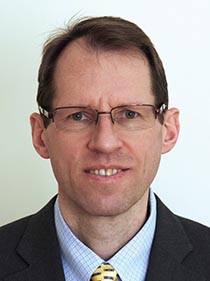SAS Conformance to EN 17141
By Gediminas “Gedi” Mainelis, Ph.D.
Professor, Rutgers University
School of Environmental and Biological Sciences
The goal of this investigation was to evaluate the physical and biological efficiencies of SAS 100 and SAS 180 bioaerosol samplers.

Physical efficiency testing. The main focus was to determine whether the samplers’ physical performance conforms with EN 17141 and ISO 14698, especially with the EN 17141 guideline that bioaerosol samplers have a cut-off size (i.e., size at which 50% of the particles are collected, d50) of 2 µm or lower. The samplers’ physical efficiencies were determined by challenging them with polydisperse sodium chloride aerosols and measuring particle concentration upstream and downstream of the samplers through isokinetic probes using a particle sizer. Since the SAS family of samplers features a fan inside the samplers, and the fan also acts as a particle collector, a separate series of measurements was performed to take that into account. The final result represents the physical efficiency of the samplers, i.e., the efficiency with which particles are deposited on the collection medium.1
All presented sampler configurations showed d50 < 2 µm; therefore, they comply with the EN 17141 requirement regarding the samplers’ d50 value.
Biological efficiency testing. The biological efficiency of SAS 180 with Petri dishes as collection medium and SAS 100 with Petri dish as collection medium, and sampler SAS 180 with a contact plate as sampling medium were investigated using Staphylococcus epidermidis bacteria. The bacterial aerosol ranging in mean diameter from 0.7 to 4.5 µm was produced using a centrifugal generator. The bacteria were collected by the tested samplers and a reference sampler with a cut-off size of 0.65 µm, and the determined airborne concentrations of colony forming units (CFU) were compared. The performance of all SAS samplers largely followed the physical collection curve. The cut-off size for the biological efficiency was close to 2 µm.
The investigated SAS samplers comply with ISO 14698 and EN 17141 for all sampling aspects described therein. In addition, derivative samplers that use investigated sampling heads (e.g., dual-head samplers) based on design comparison and functional specification equivalence analysis are expected to comply with the standards.
1. Detailed results available upon request.
![]()
|
Dr. Gediminas “Gedi” Mainelis is a professor in the Department of Environmental Sciences at Rutgers University with a B.S. degree in Physics, Vilnius University, Lithuania and Ph.D. in Environmental Health, University of Cincinnati. He has more than 20 years of experience in bioaerosol research and has focused on developing and validating bioaerosol sampling technologies, exposure assessment and airborne microbiome. His research includes indoor air issues, including SARS-CoV-2 exposures and mitigation, which have resulted in over 120 peer-reviewed publications and book chapters. He is a recipient of the Research Excellence Award from Rutgers University and the Lyman A. Ripperton Environmental Educator Award presented by the A&WMA. |
From Bioscience World, Fall 2023
![]()
Click here for more information on the SAS air sampler.
![]()
For More Information Contact:
Bioscience International
11333 Woodglen Drive
Rockville MD 20852
Tel: 301-231-7400
E-mail: BioInfo@Biosci-Intl.com

